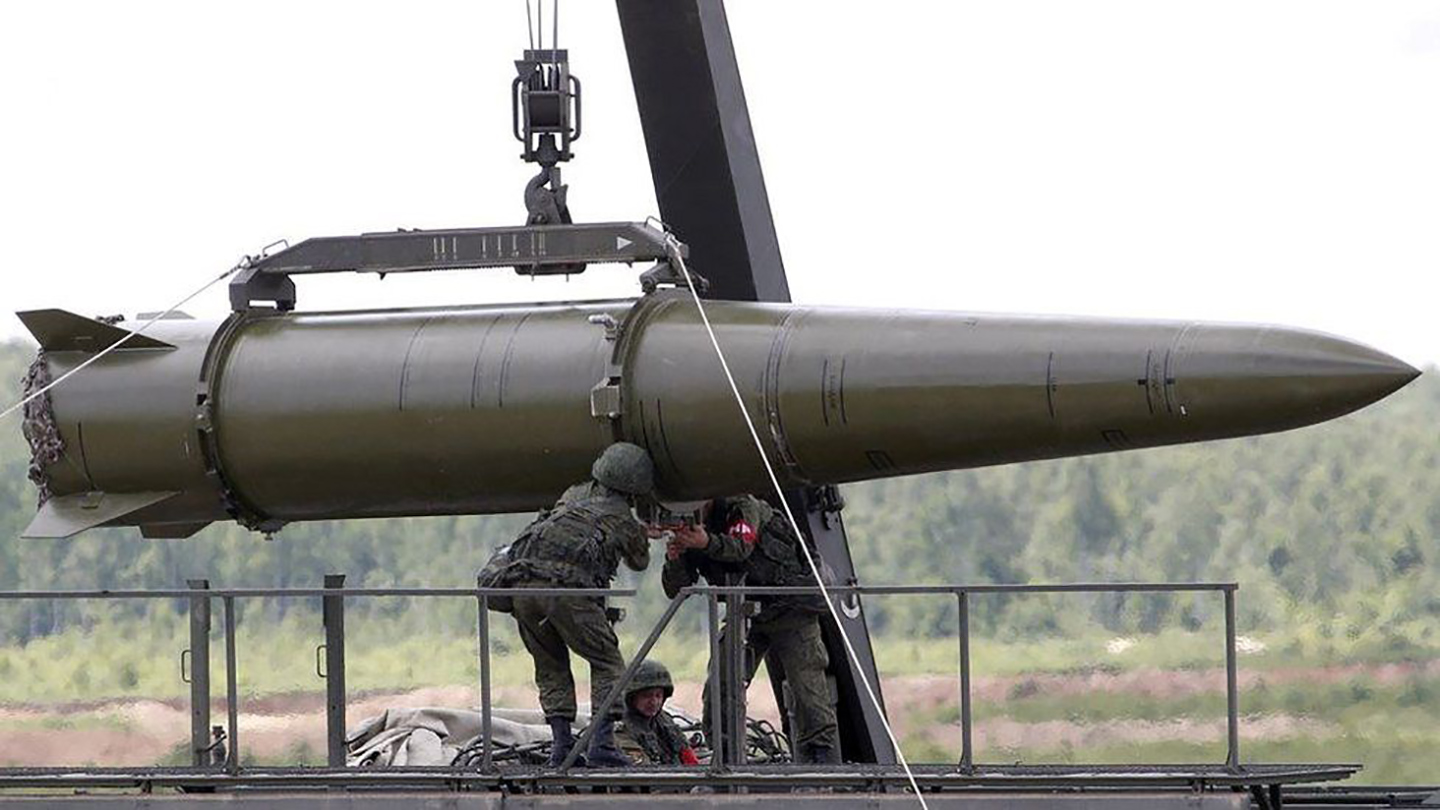Russia has announced plans to conduct drills practicing the use of tactical nuclear weapons, as a response to what it claims are provocative threats from the West. The planned exercise follows earlier Kremlin warnings of an increased risk of nuclear confrontation as Western allies continue their military support of Ukraine, subject to a full-scale invasion by Russia in February 2022.
In a statement today, the Russian Ministry of Defense said that President Vladimir Putin had ordered maneuvers to test the readiness of tactical nuclear forces to perform combat missions.

“During the exercise, a set of measures will be carried out to practice the issues of preparation and use of non-strategic nuclear weapons,” the ministry said.
The ministry added that the drills would involve undisclosed missile and aviation formations in the Southern Military District, as well as naval forces. The Southern Military District includes regions of Russia that border Ukraine, as well as the occupied Ukrainian territory.
No further details were announced about when or where specifically the drills will take place, other than “soon.”
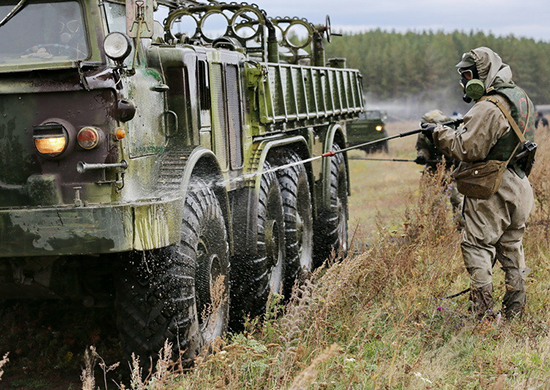
According to the defense ministry, the exercise will be based on a scenario aimed at ensuring Russia’s territorial integrity and sovereignty.
In recent years, the U.S. government has generally assessed that Russia has up to 2,000 tactical nuclear weapons. These include a variety of air-, sea-, and ground-launched weapons, including, but not limited to short-range ballistic missiles, air-dropped gravity bombs, torpedoes, and artillery shells. All Russian air-launched air-to-surface missiles weighing more than around 1,500 pounds are provided with an optional nuclear warhead, and even some air-to-air missiles have the option too.

While maneuvers of the kind announced today are a regular — and critical — feature of maintaining tactical nuclear forces, what is notable on this occasion is the public declaration of the drill as well as the reason behind it.
The Russian Ministry of Defense says the nuclear exercise is “in response to provocative statements and threats by certain Western officials against the Russian Federation.”
The defense ministry did not specify any Western officials by name, but this does follow recent statements from French President Emmanuel Macron last week reiterating that he had not ruled out sending troops to Ukraine.
In a separate announcement about the forthcoming drills, the Russian Foreign Ministry called out Macron for what it described as statements that “cannot but amaze with their irresponsibility and thoughtlessness,” while also making a baseless claim that “mercenaries from the French Foreign Legion are already in Ukraine.”
Last week, the French leader again said that he was at least open to the possibility of sending Western troops to Ukraine in the future, provided that Russia made a significant breakthrough of the Ukrainian front lines and Kyiv specifically requested this kind of support.
“I’m not ruling anything out, because we are facing someone who is not ruling anything out,” Macron said in a recent interview with The Economist, referencing Putin. “We have undoubtedly been too hesitant by defining the limits of our action to someone who no longer has any and who is the aggressor.”
“Our capacity is to be credible, to continue to help, to give Ukraine the means to resist. But our credibility also depends on a capacity to deter by not giving full visibility as to what we will or will not do. Otherwise, we weaken ourselves,” Macron added.
While treading a careful line of strategic ambiguity on the issue of sending troops to Ukraine, Macron’s words have previously raised the ire of the Kremlin, which has repeatedly warned of the danger of any such Western intervention in the conflict.

“They were talking about being prepared and even intending to send armed deployments to Ukraine, which is essentially putting NATO soldiers against the Russian military,” Dmitry Peskov, a Kremlin spokesman, told reporters today. “This is a totally new level of escalating tensions. It is unprecedented, it demands special attention and special measures,” Peskov added.
As well as France, Moscow has also hit out at the United Kingdom and the United States for their involvement in supporting Ukraine.
In the case of the United Kingdom, Foreign Secretary David Cameron said last week that he does not have a problem with weapons supplied by the United Kingdom being used by Ukraine to strike targets inside Russia.
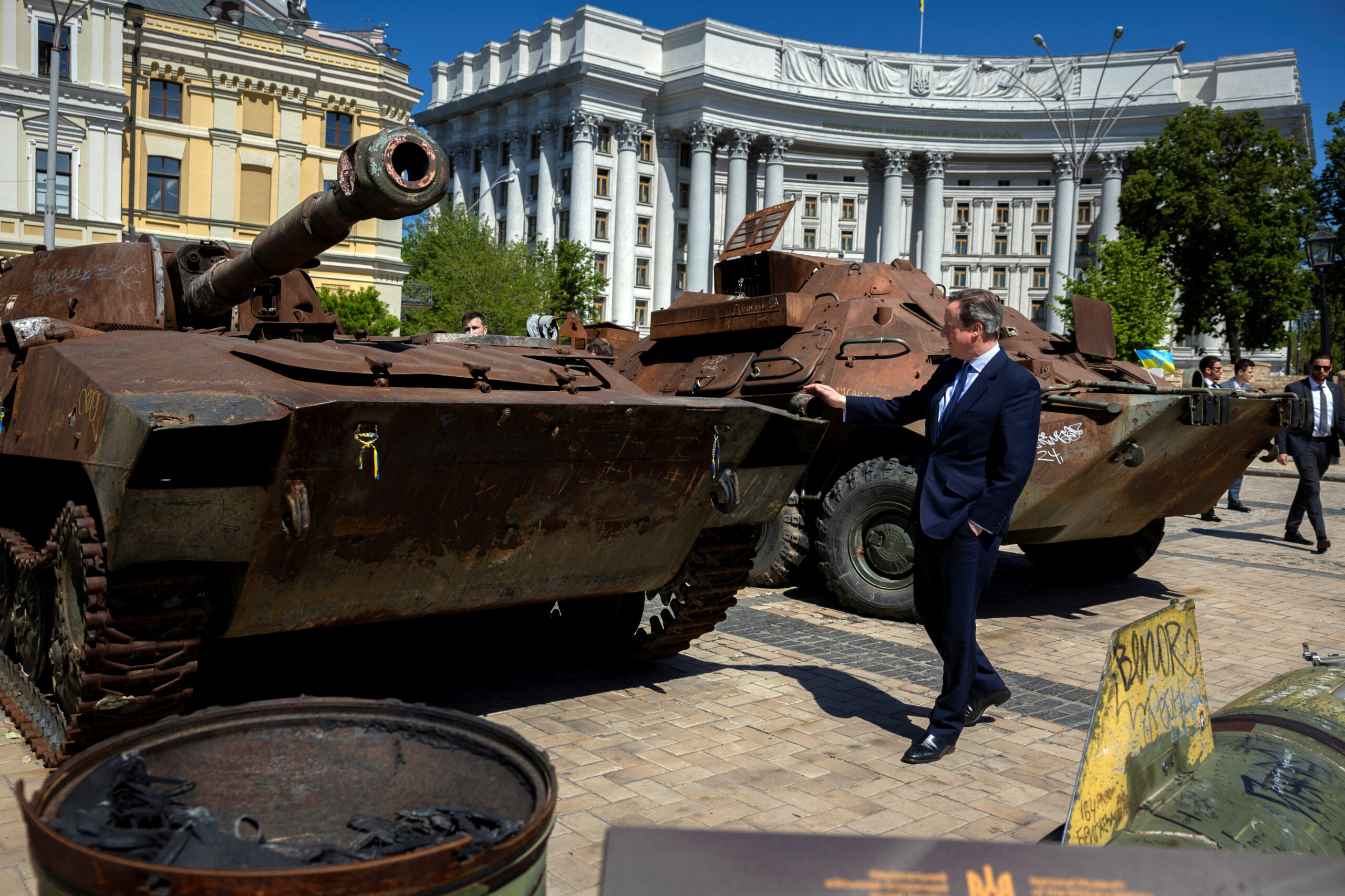
Two weeks ago, the United States reiterated its commitment to Kyiv’s war effort when President Joe Biden finally signed into law a $61-billion aid package for Ukraine.
There have also been suggestions that the maneuvers may have been prompted, at least in part, by a specific Ukrainian attack that is rumored to have targeted an Iskander-M short-range ballistic missile base in Crimea last week. The facility, used to launch these missiles against Ukraine, is said to have been struck by a long-range version of the U.S.-made Army Tactical Missile System (ATACMS) that has proven a particularly provocative — and effective — weapon in Ukranian hands.
In voicing what it says are the dangers of Western involvement in Ukraine, Russia has frequently highlighted the nuclear risks, specifically, while making veiled threats to use such weapons itself.
For Moscow, any sign of deepening Western military support for Ukraine pushes the world further toward a potential confrontation between two nuclear powers: Russia and NATO.
In March, Putin claimed that a direct conflict between Russia and NATO over Ukraine would leave the world “one step away from a full-scale World War Three.”
Russia’s nuclear arsenal — especially its tactical nuclear forces — has been regularly mobilized in discussions at home, with hardliners demanding that Putin change the country’s nuclear doctrine that specifies when and how such weapons might be used.

Russian state-run media has also leaped on the chance to use nuclear-related rhetoric to hammer home its pro-war message.
Dmitry Kiselyov, the main presenter on Russia’s most prominent state TV news show, hosted a segment late last month called “We will use it!” He said that Moscow was prepared to use nuclear weapons if Western troops were sent to Ukraine. “If NATO countries deploy their forces to Ukraine in order to deal a strategic defeat to Russia, then [ . . . ] we’ll send everything flying everywhere!” Kiselyov said.
So far, Putin has been unwilling to modify the nuclear doctrine, at least publicly, and U.S. officials say they have not seen any significant change in Russian nuclear posture.
There have been suggestions, however, that the baseline threshold for Russia’s employment of tactical nuclear weapons may be significantly lower than previously thought. According to a widely discussed report that appeared in February this year, such a response might be triggered, for example, by the Russian Navy losing a fifth of its ballistic missile submarines or even three cruisers. The War Zone previously interviewed multiple experts about the prospects of the conflict in Ukraine, specifically, going nuclear for a feature you can find here.
At the same time, Russia has begun deploying tactical nuclear weapons in neighboring Belarus. In June last year, Putin confirmed that tactical nuclear weapons — understood to be air-dropped gravity bombs — had been deployed to the Russian client state. That move in turn has encouraged Poland to pursue membership of the NATO nuclear weapon sharing program.
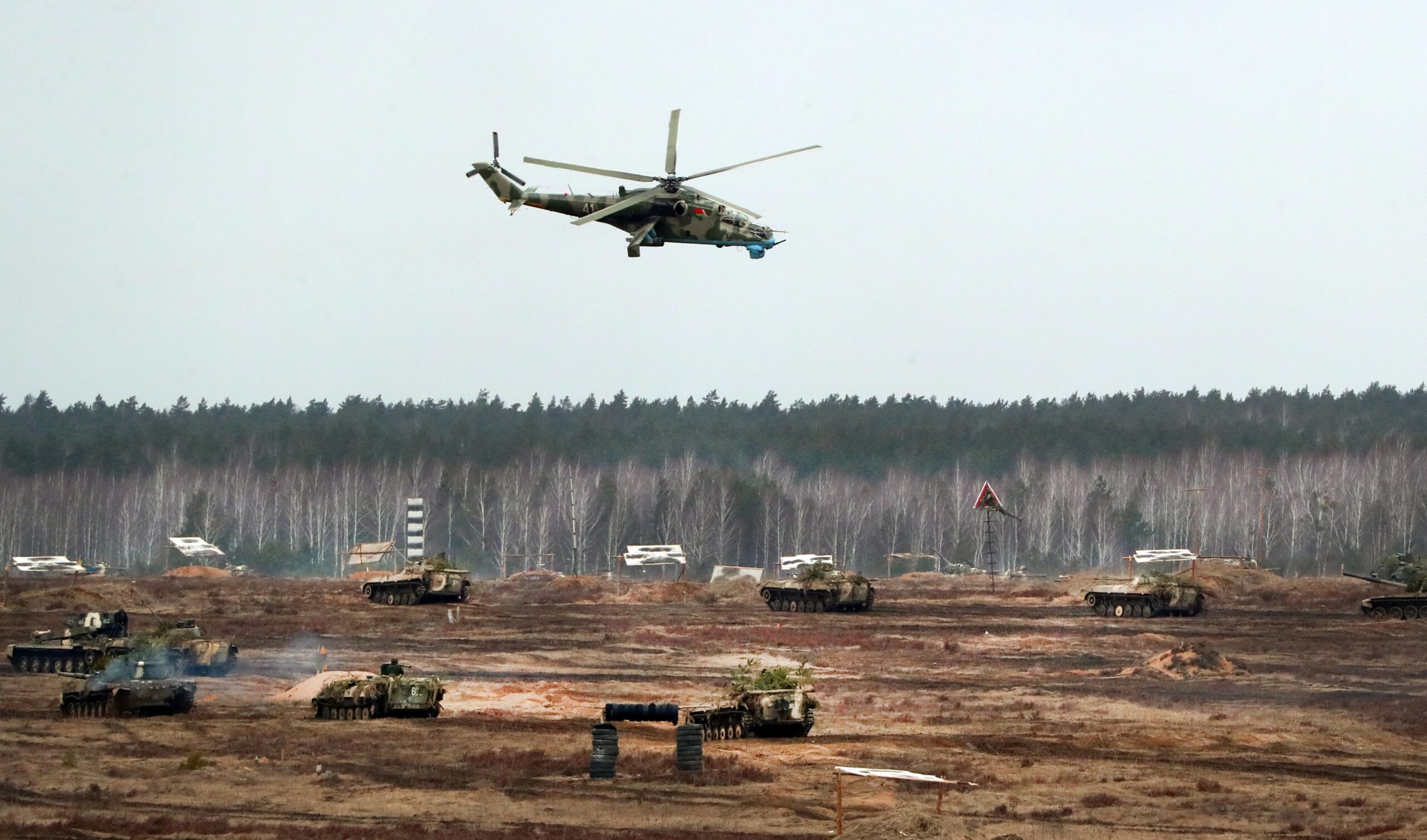
The fundamental elements of the Russian nuclear weapons doctrine include employing these in response to an attack by a hostile power using nuclear or other weapons of mass destruction. But their use also extends to a response to an attack using conventional weapons against Russia, provided “the very existence of the state is put under threat.”
Obviously, exercises of different kinds are a fundamental part of Russia’s nuclear posture, although it’s certainly notable in this instance that they are being announced as a specific response to developments in the West.
“My impression is that this is a clear attempt to use nuclear coercion against Macron himself for his recent statements on Ukraine and Russia. We are certainly embarking on unknown territory in terms of nuclear signaling,” William Alberque, former director of NATO’s Arms Control, Disarmament, and Nonproliferation Center told the Financial Times.
Coming after previous Russian warnings about the potential use of nuclear weapons, it seems clear that the framing of this forthcoming exercise is calculated to intimidate Western populations and drive a wedge between Ukraine and its allies.
While signaling of this kind has generally played well to a Russian audience, Ukraine’s Western backers have so far not been cowed by these kinds of warnings. Indeed, NATO has repeatedly called out Moscow for such tactics, which it categorizes as part of the ‘hybrid activity’ designed to erode support for backing Kyiv.
It’s worth noting that NATO does regularly conduct its own tactical nuclear strike exercises involving training to employ U.S. B61-series nuclear gravity bombs from a variety of tactical jets operated by multiple member states, as you can read more about here. This includes certain F-16 Viper fighters.
With this in mind, “we cannot ignore the fact that these planes are dual-purpose platforms that can be used both for nuclear and non-nuclear tasks,” Russia’s Foreign Ministry said in a statement just today about F-16s set to be delivered to Ukraine. “No matter what modification of the aircraft will be supplied [to Ukraine] we will treat them as nuclear capable and we will consider this step of the United States and NATO as a purposeful provocation.”
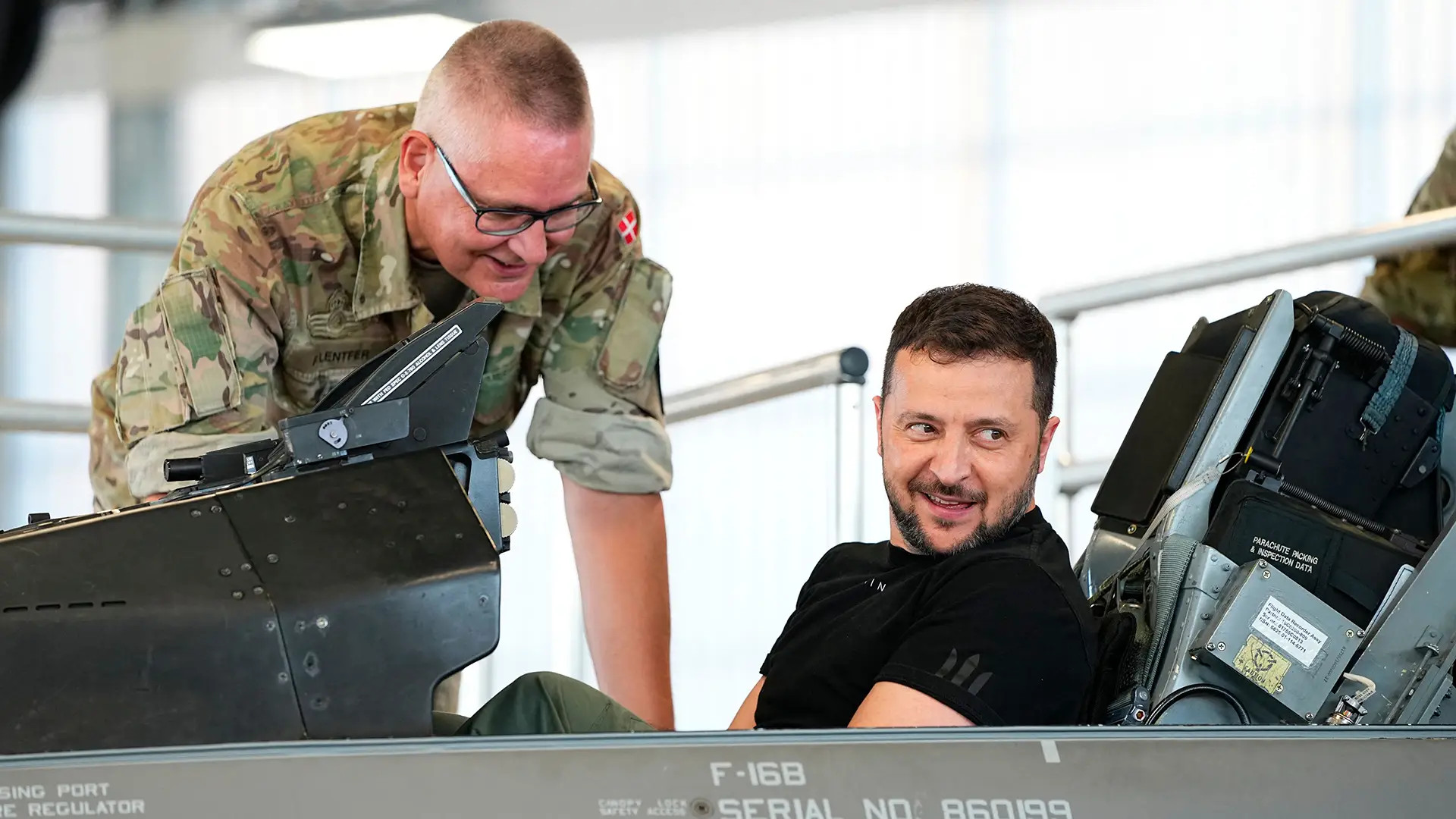
Of course, Ukraine will not be getting nuclear weapons, or access to them, as part of the F-16 deal. Russia’s statements here furthermore stand in stark contrast to its aforementioned forward-deployment of nuclear weapons to Belarus and its cooperation with the armed forces of that country on their potential use.
In the past, Putin has also said he would “use all the means at our disposal” to ensure he retains Russian-occupied territory in Ukraine. With the tide of the war now more heavily weighted in Russia’s favor, such statements seem to have subsided.
However, renewed Western support for Ukraine in the form of additional, multi-billion-dollar arms packages has come along with signs that Western-supplied weapons might be acceptable for use against targets in Russia. In turn, whatever comes of Russia’s newly announced tactical nuclear weapon drills, it seems unlikely to be the last time the Kremlin threatens the use of its nuclear forces to at least try to dissuade further Western involvement in the conflict.
Contact the author: thomas@thewarzone.com
